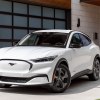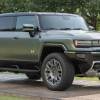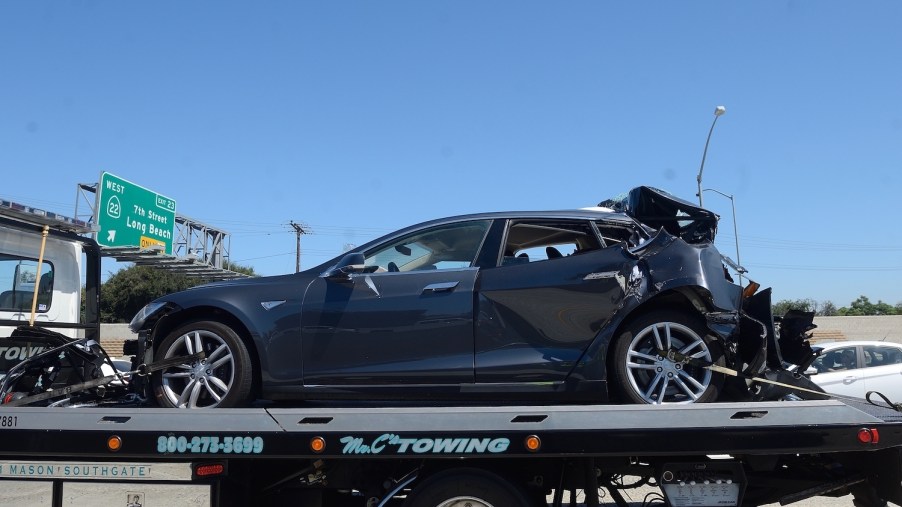
NHTSA Investigating 416,000 Teslas for Deadly ‘Phantom Braking’ Malfunction
Tesla has been plagued by self-driving malfunctions. First, its “Autopilot” lane-keep assist/emergency braking software failed to see emergency vehicles parked in the breakdown lane, causing over a dozen crashes. Then the company asked car owners to test the beta edition of its Full Self Driving (FSD) software and many drivers reported that the system is still dangerous. Now, the NHTSA announced its received hundreds of complaints of Teslas stopping themselves in the middle of the road for no apparent reason, sometimes with deadly results. The NHTSA has even opened a ‘phantom braking’ investigation into 416,000 Teslas.
Tesla owners have reported deadly ‘phantom braking’ episodes
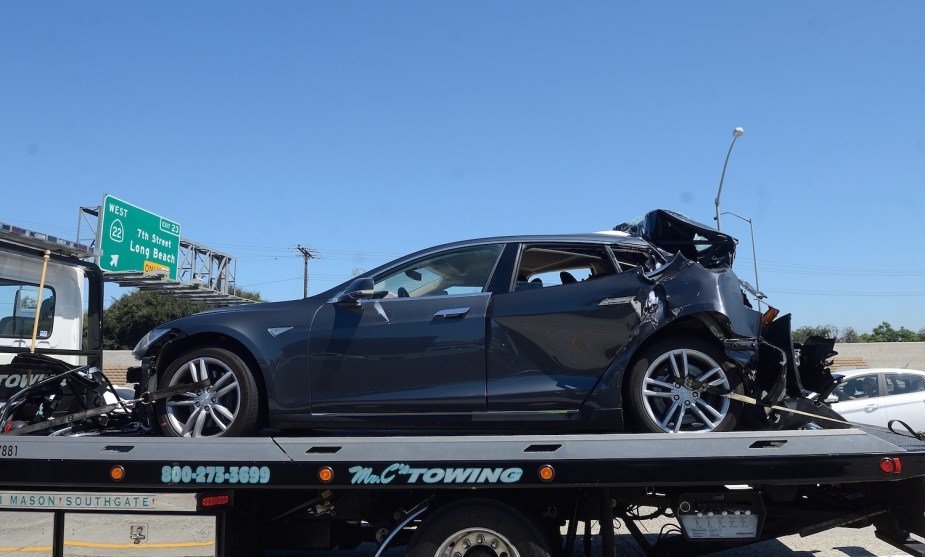
My colleague Peter Corn covered one of the first phantom braking Tesla crashes. In late February 2022, Terry L. Siegal, 74, was driving his Model 3 when the vehicle appeared to stop itself in the middle of the highway. This caused a pileup: two cars slammed into Siegal from behind and the impact killed him.
After the Kansas City incident, local law enforcement hypothesized that a “mechanical issue” caused a loss of power. But Siegal’s tragic death would not be the final report of a Tesla stopping unexpectedly, and an unexpected loss of power does not appear to be the actual cause.
Tesla’s automatic-braking-caused accidents pile up
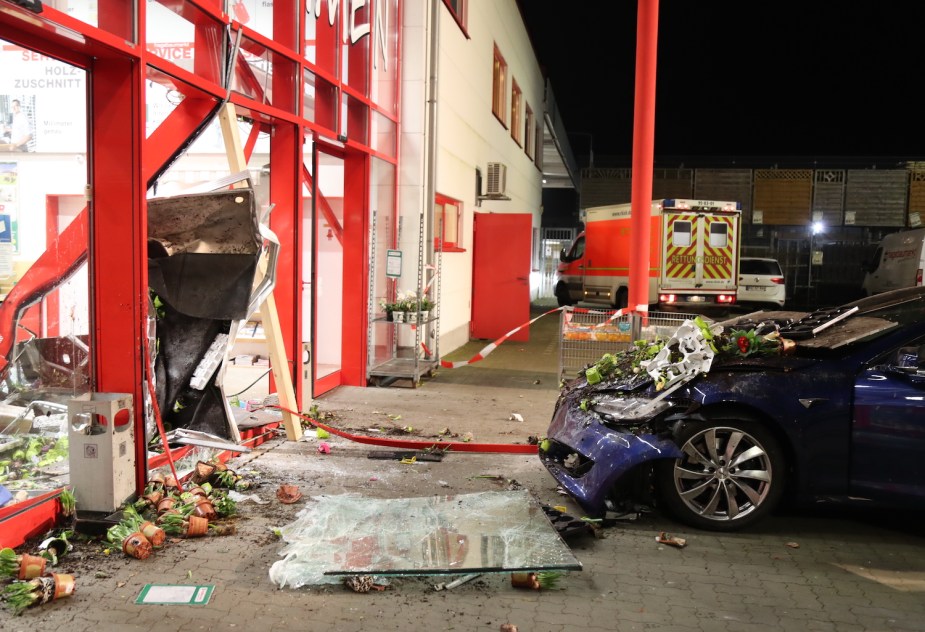
Every week, more Tesla owners reported their automatic braking acting up and stopping their vehicles for no reason. By the beginning of March 2022, Tesla owners had filed 354 complaints of phantom braking with the National Highway Traffic Safety Administration (NHTSA).
These complaints have continued to pile up, with an average of two coming in every day. By June 2022, the NHTSA had received 750 complaints of phantom breaking Teslas–according to the Associated Press. That’s almost three times as many incidents as were reported in the previous three-month period (107).
What can cause ‘phantom braking’
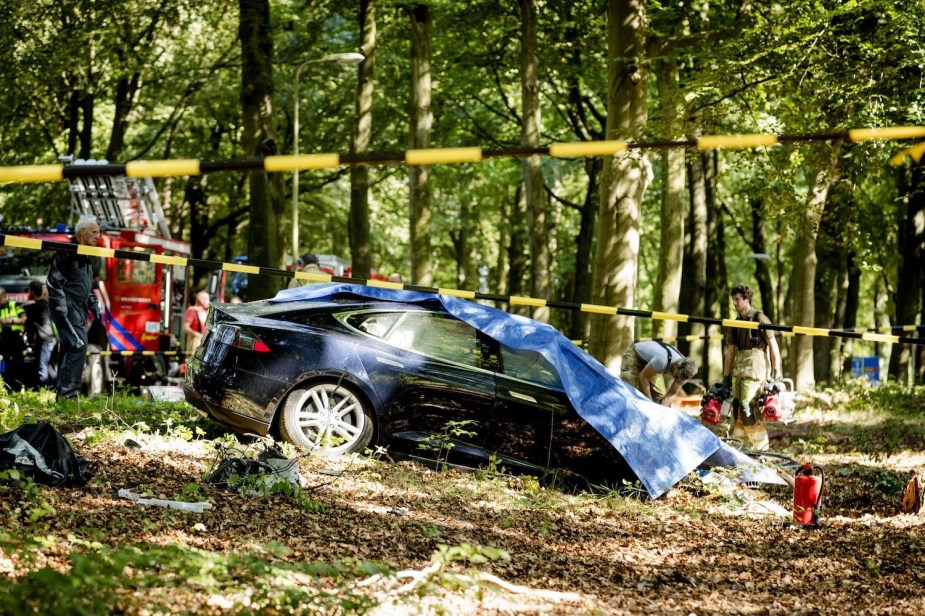
Phantom braking is not a phenomenon exclusive to Teslas. The NHTSA is investigating a similar problem with several Honda models.
Most automatic emergency braking systems use a combination of sensors and cameras to detect obstacles, then leverage the ABS system to stop the car. A poorly calibrated system may pump the brakes for a “false positive,” or an obstacle that does not actually exist. Automakers attempt to calibrate their automatic emergency braking systems to stop for every real obstacle while braking for as few false positives as possible.
Tesla cars striking parked emergency vehicles after dark is an example of a system calibrated to not stop for a true positive. Did Tesla overcorrect with its latest patch? It’s possible. The NHTSA seems to be exploring other possibilities as well.
The NHTSA has demanded more information from Tesla
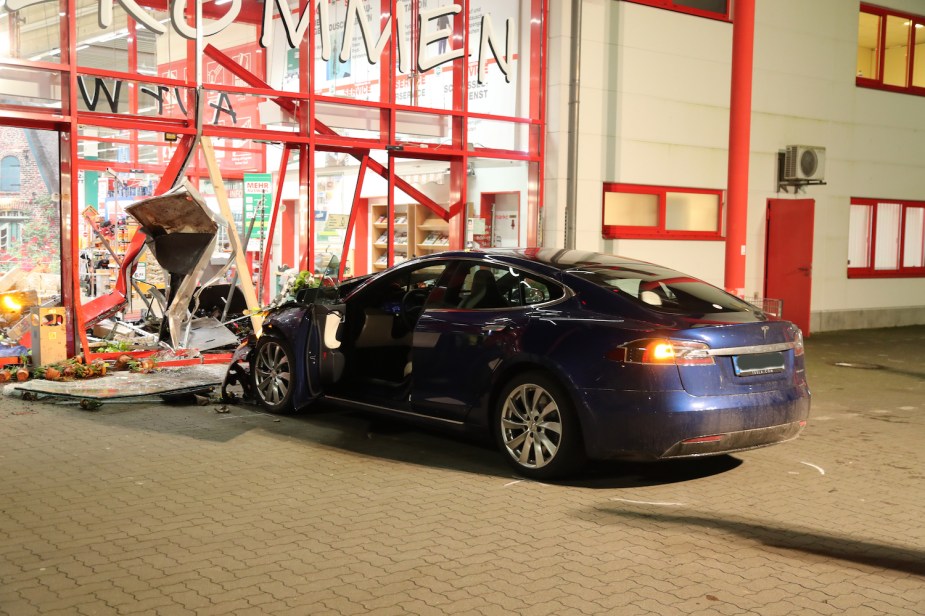
After reports of phantom braking in Tesla vehicles endangering motorists, the NHTSA opened an investigation into 416,000 Tesla vehicles that may be affected. The agency then released an open letter to Tesla.
The NHTSA shared, “Complainants report that the rapid deceleration can occur without warning, and often repeatedly during a single drive cycle.” Then the NHTSA told Tesla that the company has until June 20th to hand over any relevant data it has collected.
The agency wants all available information but is especially interested in phenomena that might be triggering false positives. These include metal bridges, S-curves, oncoming traffic, cross-traffic, and large trucks. In addition, the agency wants Tesla to divulge how it works around reflections, shadows, glare, and limited visibility caused by weather. Finally, the agency asked Tesla to detail what exactly failed on the affected vehicles, if the company knows.
Watch a Youtuber’s recording of his Tesla phantom braking in the video below:
